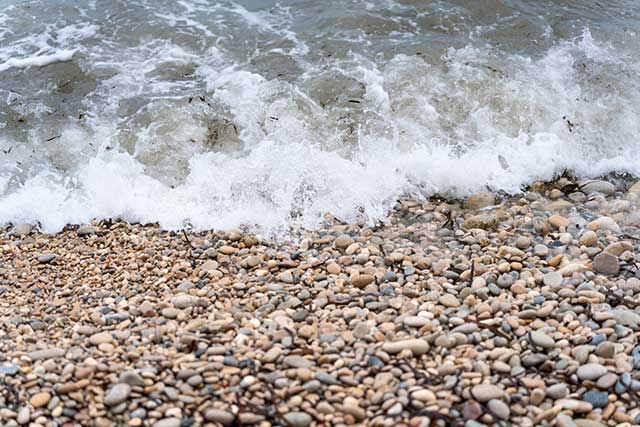PLANS to harness the tidal power of the Severn Estuary are being progressed, a council leader has said.
Proposals for a tidal lagoon, that would be smaller than a barrage spanning the Severn which has been previously touted but dismissed on cost grounds, were revealed in March in a report by the Severn Estuary Commission.
Its report called for the UK and Welsh governments to support the project though the commission was hosted by the Western Gateway Partnership, of local authorities in South Wales and South West of England, that was disbanded in June.
But Monmouthshire County Council leader Mary Ann Brocklesby, who chairs the Cardiff Captial Region that represents the 10 unitary authorities in South East Wales, said it is still working on the proposal with counterparts not only in the south west of England but also Liverpool.
“We’ve started to realise our relationship with the West of England Combined Authority and with Liverpool around tidal power, that is very exciting,” Cllr Brocklesby told a meeting of the Cardiff Capital Region’s overview and scrutiny committee.
She said the region’s purchase of the former Aberthaw coal-fired power station, on the Vale of Glamorgan coast – which has ultimately resulted in the body having to pay a £5 million legal settlement over how a contract to dismantle it was awarded – will also benefit its ambitions.
500 acre site
It paid £38m for the purchase of the 500-acre site, in 2022, which it intends developing as a “renewable and green energy park”.
“Aberthaw can be huge benefit socially as well as economically,” said Labour’s Cllr Brocklesby who acknowledged “working our way through the procurement issues” which resulted in it having to pay the £5m settlement has been a “real challenge” for the region in its first year as an independent body, having first been a project established by the partner councils.
The capital region’s chief executive Kellie Beirne said it has “good relationship” with the National Grid on a “reconnection agreement” that will be submitted shortly for Aberthaw, which ceased operating in 2019.
“There is a lot of work to build upon around the tidal lagoon opportunity as highlighted by the Severn Estuary Commission, that is something for us to keep building on,” Ms Beirne told the committee of councillors from across the region.
She also described Aberthaw, which is owned by CCR Energy a limited company in which the capital region is the only shareholder, as a “key asset”.
She said: “Apart from the two National Grid substations there is 18 million tonnes of pulverised fuel ash we’ve drilled down nearly 27 holes, down to depths of nearly 30 metres, to be able to understand, a valorisation exercise, on that fuel ash that will hopefully tell us the mineral content, what it was used for and could be in the future.”
She also said the first phase of demolition at the site has been completed and handed back to the region will be able to “claim things like land reclamation tax against that”.
But she warned the regional body won’t be able to fully fund the development of the site itself.
She said: “Will we be able to afford to do it all? No way. The cost will ultimately require significant private sector input. In 18 months time, when the demolition is complete, that is when we will be able to bring the full master plan together and start enacting some of the projects that we’ve spoken about in the past.”

